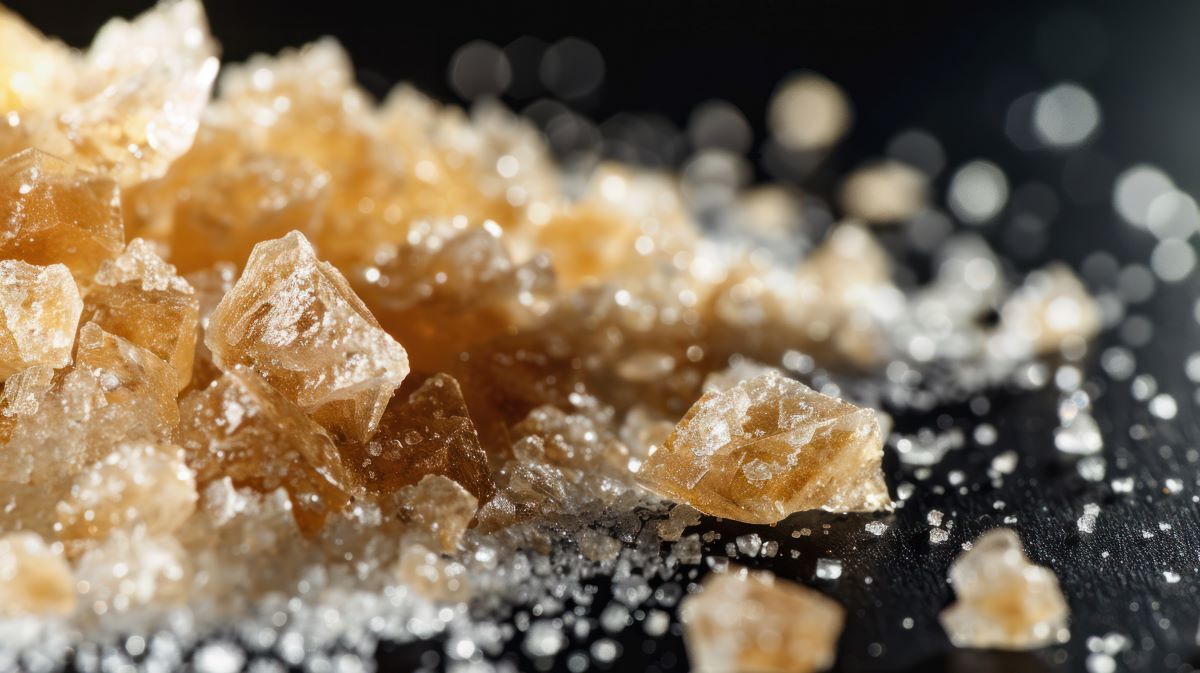Generally, MDMA can be found in blood for up to 1-2 days post-use and in urine for 1-3 days, though this period can extend to a week for heavy users. Saliva tests can detect MDMA for up to 1-2 days after ingestion, and hair follicle tests can detect MDMA for up to 90 days.
MDMA, commonly known as ecstasy, remains in your system for varying lengths of time depending on several factors, including:
- How much ecstasy you take
- How often you take it
- How fast your body processes it (metabolism)
- Overall health
Understanding how long MDMA stays in the system is important for both users and those involved in drug testing.
If you or a loved one is struggling with Ecstasy addiction, reach out to us at Avenues Recovery so we can guide you on your path to recovery.
What is Ecstasy?
Ecstasy, scientifically known as MDMA, is a drug which usually comes in a pill, tablet, or powder form. Ecstasy alters mood and perception and is chemically similar to both stimulants and hallucinogens, producing feelings of increased energy, pleasure, emotional warmth, and distorted perception of senses and time. Ecstasy is commonly used in party settings such as nightclubs, raves, and music festivals.
MDMA works by increasing the activity of three neurotransmitters:
- Serotonin
- Dopamine
- Norepinephrine
Ecstasy usually comes in pill or tablet form, but can also be found as a powder or capsule. Users generally swallow the tablets, but some may crush and snort the powder or dissolve it in liquid to drink.
Side Effects of Ecstacy
The effects of Ecstasy begin within 30 to 45 minutes after ingesting and can last for several hours.
Potential side effects of ecstasy include:
- Dehydration
- Hyperthermia
- Serotonin syndrome
Chronic use of MDMA can lead to long-term damage to the brain's serotonin system, resulting in memory problems, depression, and anxiety, overdose and even death. Additionally, Ecstasy tablets are often cut with other substances, which can increase the risk of adverse effects and complicate the drug's impact on the body.
How Long Does Molly Stay in Your Urine?
Typically, MDMA is detectable in urine for 1-3 days after use. This timeframe is an estimate for occasional users who don’t take too much Molly.
For heavy users or people who use ecstasy regularly, the drug can be detected for much longer. In such cases, MDMA may be detectable in urine for up to a week or even longer. The length of time that ecstasy stays in urine can be affected by a person’s health, metabolism, age, body mass and water intake. People with a faster metabolism may process and eliminate the drug more quickly than those with a slower metabolism.
Understanding these timelines is crucial, particularly for individuals who may be undergoing drug testing for employment, legal, or medical reasons. It also provides valuable information for those seeking to make informed decisions about their drug use.
How Long Does Molly Stay in Your Blood?
MDMA, commonly known as ecstasy, can usually be detected in the blood for up to 1-2 days after use. Blood tests are often used to detect very recent use of the drug, as the presence of MDMA in the bloodstream is short-lived compared to other testing methods. This makes blood tests useful in situations where it is important to determine if someone has used MDMA very recently, such as in the context of medical emergencies or legal investigations. The short detection window in blood is due to the fact that MDMA is broken down quickly in the bloodstream.
How Long Does Ecstasy Stay in Your System?
The amount of time that ecstasy (MDMA) stays in your system varies based on several factors, including dosage, frequency of use, metabolism, and overall health. Below is a clear chart which shows how long MDMA can be detected in different bodily fluids and substances:
|
Test Type |
Detection Window |
Usage Context |
|
Blood |
1-2 days |
Used to detect recent use |
|
Urine |
1-3 days (up to a week for heavy/chronic users) |
Most common method due to convenience and longer detection window |
|
Saliva |
1-2 days |
Less invasive, used to detect recent use |
|
Hair Follicle |
Up to 90 days |
Reveals long-term drug use, less common due to higher cost and complexity |
What Is the MDMA Half-Life?
The half-life of MDMA is usually around 7 to 9 hours. This means that it takes about 7 to 9 hours for the concentration of the drug in the bloodstream to reduce by half. However, this can vary depending on individual factors such as metabolism, age, liver function, and drug dosage.
Due to its half-life, the effects of MDMA can last for several hours, often peaking within 2 to 3 hours of ingestion and gradually declining thereafter. It's important to note that the drug's metabolites can remain in the body for an even longer period and can be detected in urine for up to several days after use.
How Long Does MDMA Last?
The chart below displays how long the effects of MDMA can be felt, and its different specific phases.
|
Phase |
Time Frame |
Description |
|
Onset |
30-45 minutes |
Effects begin to be felt. |
|
Peak Effects |
1-2 hours after onset |
Intense feelings of euphoria, emotional warmth, and sensory enhancement. |
|
Duration |
3-6 hours |
The primary effects of MDMA are experienced. |
|
Come Down |
Several hours |
Gradual decrease in effects, transition period. |
|
Aftereffects |
1-2 days or even weeks |
Potential residual effects such as fatigue, mild depression, or irritability. |
Which Factors Affect How Long Ecstasy Stays in Your System?
Different individual factors can affect how long MDMA stays in your system. Below are the most key factors:
- Dosage: Higher doses of MDMA can take longer for the body to metabolize and eliminate.
- Frequency of Use: Regular or heavy use can lead to accumulation in the body, extending the detection window.
- Metabolism: People with a strong metabolism can process and eliminate MDMA more quickly.
- Age: Younger people usually have faster metabolisms, which can result in quicker elimination.
- Body Mass and Composition: Body fat percentage and overall body mass can affect how long MDMA stays in the system, as the drug can be stored in fat cells.
- Hydration and pH Levels: Hydration levels and the pH (acidity level) of urine can impact the rate at which MDMA is excreted. More acidic urine can speed up elimination time.
- Liver and Kidney Function: Healthy liver and kidney function is crucial for the efficient metabolism and elimination of MDMA.
- Co-ingestion of Other Substances: Using other drugs or alcohol together with ecstasy can affect the metabolism and elimination of MDMA.
- Genetics: Genetic differences can influence how an individual's body processes drugs.
Does Ecstasy Show Up on MDMA Drug Tests?
You may be wondering, does ecstasy show up on drug tests? Yes, Ecstasy (MDMA) typically shows up on drug tests that are designed to detect it. Most standard drug tests, including urine, blood, and hair tests, can detect MDMA. These tests are usually designed to detect the presence of MDMA and its metabolites, which are byproducts produced as the body breaks down the drug.
It's worth noting that the duration for which MDMA can be detected in the body varies depending on factors such as the individual's metabolism, the amount taken, and the frequency of use. In general, MDMA can be detected in urine for up to 2-4 days after use, in blood for up to 1-3 days, and in hair for up to 90 days.
Addiction Rehab at Avenues Recovery
If you or a loved one suffer from Ecstasy addiction, reach out to our experts at Avenues Recovery Center so we can guide you on your path to recovery. Our dedicated staff have helped over 40,000 individuals break free of their addictions, and they can help you too! Contact us today to begin your journey to the vibrant, healthy and sober future you deserve.



